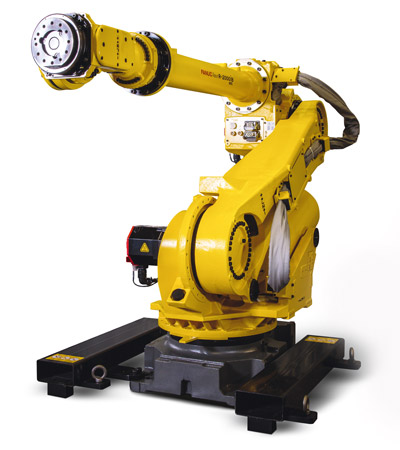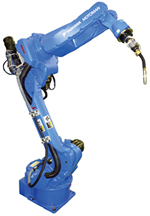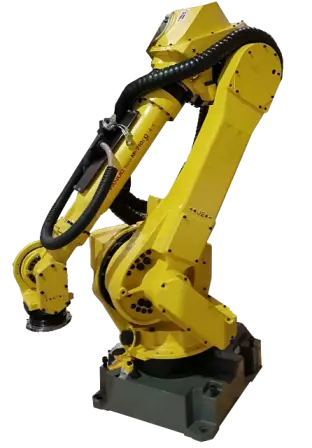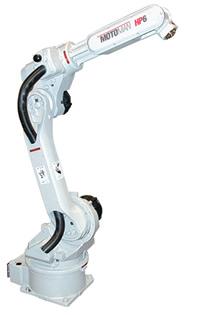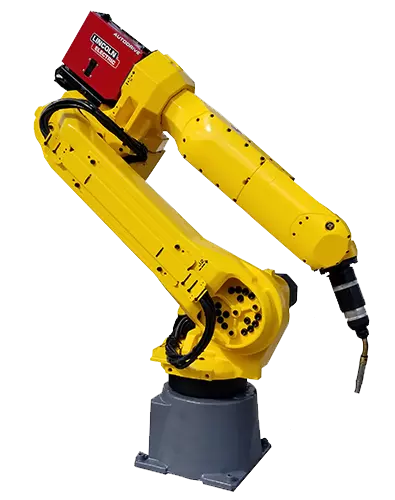Advantages of Robotic Inspection Systems
Inspection processes are vital to ensuring the quality and safety of manufactured products. The need for consistent, accurate, and timely inspection methods has led many manufacturers to automating these processes with industrial robots. Robotic inspection applications are projected to grow rapidly within the next few years. The growth of these applications can be attributed to some of the key advantages of these systems.
- Improved Quality Control - Integrating a FANUC Lr Mate 200id with an advanced robotic vision system allows for the slightest of defects to be flagged during inspection. There are some flaws that are too small to be detected by the human eye, but with advanced vision, articulated robots are able to identify these. Deploying a robotic inspection system ensures all defects will be caught before products reach consumers. The accuracy of robotic inspection significantly improves quality control measures of manufacturers. Robotic manipulator inspection systems produce better results than manual methods. All parts are able to undergo evaluation, ensuring the quality and safety of each one.
- Increased Reliability - Manual inspection processes can be prone to errors and inconsistencies. Humans are not capable of replicating every step. They may tire or lose focus, causing part errors to be missed. Industrial robotic arms excel at tasks requiring high repeatability. They are programmed with the exact parameters and path to follow. A FANUC M10ia programmed for inspection will perform the exact same process for every part. Because of the repeatability of industrial robot arms, robotic inspection systems are highly reliable. For industries such as the automotive industry, reliable inspection methods are vital to ensuring the safety of end-users.
- Increased Throughput - One of the biggest issues with manual inspection methods is that they can create a bottleneck in the overall manufacturing process. In order to ensure an accurate inspection, humans may be slow to evaluate products causing a stall in overall throughput. Inspection robot manipulators have greater levels of uptime than workers. They are able to work around the clock and at much faster speeds. They are programmed to go from part to part without breaks or delays, significantly increasing throughput and eliminating bottlenecks. More parts are able to move through inspection in less time with a Motoman HP20D, speeding up other production processes.
- Flexibility - Another advantage of a robotic inspection system is the flexibility provided with inspection tasks. Inspection robots are able to adapt quickly to different types of products or materials. Many vision systems provide robots with the capability of recognizing product changes dynamically, preventing the slow down or stoppage in operations due to part changes. Manufacturing robot arms can also be reprogrammed and redeployed should adjustments be needed to an inspection process or changes altogether are required. Inspection workcells can also be programmed for the examination of multiple part types. Robot inspection systems are versatile and provide flexibility needed for evolving manufacturing processes.
- Adds Value - Robotic inspection systems add value to not only the processes themselves, but also to the bottom lines of companies. Inspection robots are able to catch defects before they reach consumers and potentially become a major issue. They can also use their data to determine adjustments needed in manufacturing processes to prevent the production of defective parts. This helps to cut down on material waste, allowing companies to increase their profits.
Robots Done Right is the place to start when it comes to used industrial robots. Contact us if you are interested in buying or selling a used robot.
